Date: 8 June 2017
Time: 14.00 - 17.00
Place: Rådssalen
Overview program followed by abstracts.
To go directly to a specific abstract please click on the title of the speech.
Keynote
14.00 - 14.40
John O’Brien, Deputy Head, Nestlé Research Centre, Lausanne, Switzerland
Presentations
14.40 - 15.00
Per Waaben Hansen, Senior Chemometrician, FOSS Analytical A/S, Denmark
15.00 - 15.20
Horst-Christian Langowski, Professor, Dr., TUM School of Life Sciences Weihenstephan, Technische Universität München, Germany & Fraunhofer Institute for Process Engineering and Packaging, IVV, Germany
15.50 - 16.10
Anne Elsser-Gravesen, Managing Director, ISI Food Protection Aps, Denmark
16.10 - 16.30
Paw Dalgaard, Professor, National Food Institute (DTU Food), Technical University of Denmark
Flash talks
16.30 - 16.40
Iuliana-Madalina Stoica, PhD Student, Department of Food Science, University of Copenhagen, Denmark
16.40 - 16.50
Veronica Martinez-Rios, National Food Institute, Technical University of Denmark, Denmark
16.50 - 17.00
Susanne Knøchel, Professor, University of Copenhagen, Denmark
Abstracts

Food safety early warning systems in the dairy industry
Major food fraud incidents such as melamine, horse meat substitution for beef, and use of illegal food colorants have led to urgent responses by regulatory authorities and manufacturers to protect consumers and the integrity of supply chains. It is possible to define a finite number of drivers and vulnerabilities associated with fraud. Understanding such drivers can help identify systemic risks in the food chain and can help to target action to mitigate such risks. Early warning and rapid alert tools are now in use in both the private and public sectors to detect and to manage emerging issues including food fraud. Such approaches have been shown to assist greatly in early management of issues affording greater consumer protection. New tools for the assessment of food-related risks are being developed constantly. Such tools include vulnerability assessment of food chains and rapid analytical screening technologies and that can rapidly assess risk of presence of undesirable agents.
John O’Brien, Deputy Head, Nestlé Research Centre, Lausanne, Switzerland
PhD in Food Chemistry from Uni. College Cork. Previous experience: CEO of the Food Safety Authority of Ireland and senior positions in Danone. Currently Chairman of the Board of Directors of ILSI, Europe, and member of boards and councils related to food science and technology. Deputy Head of Nestlé Research Centre in Lausanne and Leader of Nestlé Food Safety & Integrity Research Program.

Infrared screening of milk and dairy products for deviations
Mid and near infrared (MIR and NIR) spectroscopy possess useful properties in relation to screening of food products for deviations: they create unique fingerprints of unknown samples, which can be used to classify if the samples are normal or of deviating composition; and they produce rapid results with minimal sample preparation. These properties, in combination with chemometric pattern recognition techniques, are prerequisites for the creation of powerful screening methods for detecting both intended and unintended adulteration of food. The benefits of the creation of an adulteration screening system based on MIR, NIR, or other spectroscopic methods are obvious. The challenge is how to maintain the system and to ensure that the results are used correctly and trusted by the users.
Per Waaben Hansen, Senior Chemometrician, FOSS Analytical A/S, Denmark
Industrial PhD in Spectroscopy and Multivariate Data Analysis, Royal Veterinary and Agricultural Uni. Previous experience: positions at EquatioNZ, AgResearch, Videometer A/S, and Foss Electric A/S – all centered around spectroscopy, imaging, and multivariate data analysis in relation to agricultural and food applications. Currently as Senior Chemometrician he has particular focus on milk adulteration.

Challenges for food packaging in the next decades
In industrialized countries, gradual innovations dominate the food and packaging sector whereas real breakthroughs are rare. Therefore, future developments can be predicted from the state of the art as the market penetration of new technologies may take decades.Often-mentioned innovation areas in food packaging are active and intelligent packaging and bio-based polymers. New regulations for food contact of these systems had to be created, finally leading to the 450/2009/EC in 2009 on active and intelligent materials and articles. It was expected that this new class of packaging would have a huge impact on the market. Today, the main types of active food packaging are oxygen absorbers and a gradual increase in market volume is observed.Antimicrobially active materials or materials for the control of the humidity in the interior of packages are still in the development stage. Their feasibility has been shown in principle, but successful applications are still few. Here, growth can be expected, especially in the sectors of fresh produce and meat.In the sector of intelligent packaging, monitoring and indication of the quality status of the product via freshness indicators is often believed to replace the “best before”-date. Their reliability, however, is still very limited and they have to be adapted to every individual product.Bio-based and biodegradable plastics are continuously discussed as solution for the problems of limited resources and abundant littering. Here, the limited barrier properties of fully bio-based polymers will favor the production of conventional polymers from natural raw materials. Finally, appropriate packaging for delivery at home is to be developed as current systems are still in their infancy. As a conclusion, we observe many possibilities for innovations in food packaging, but the rate for true product innovations to appear on the market will be relatively low.
Horst-Christian Langowski, Professor, Dr., TUM School of Life Sciences Weihenstephan, Technische Universität München, Germany & Fraunhofer Institute for Process Engineering and Packaging, IVV, Germany
PhD in Physics, Uni. Hannover. Previous experience: Philips group and Fraunhofer IVV. Deeply involved in food packaging and shelf life research both at Technical University Munich and Fraunhofer IVV. Langowski has a strong publication record and is member of numerous management and advisory boards related to the food and beverage industry.

Extending shelf life through control of spore-forming bacteria
The shelf life of dairy products can be compromised by spore-forming bacteria, mainly comprised by a variety of spoilage Bacillus and Clostridium species; spoilage relates to outgrowth to a level which is high enough to confer perceivable spoilage. Furthermore, shelf life can be limited by the potential outgrowth from an initially low level of the pathogenic spore-formers, Bacillus cereus and Clostridium botulinum, to levels that would constitute a hazard for the consumer.Outgrowth of the spore-formers to spoilage or hazard levels is in essence determined by 1) initial presence and level, and 2) option for growth during storage. The corresponding traditional methods for control are 1) heat-treatment and 2) cold storage and a suitably short shelf life, and for some product types, the use of preservatives. Sufficiently good raw milk quality is a prerequisite.There are however obvious limitations to these approaches, and current trends in dairy product and business development further enhance the need for new approaches for avoiding issues due to spore-forming bacteria. Bacterial spores are not eradicated by pasteurisation and some may even survive UHT; use of preservatives is often not an option; mild products have higher pH, which gives better growth conditions; cross-contamination with spores is difficult to eliminate and can occur not only from forage and silage but also from biogas production plants and from biofilms in e.g. pipes in the processing stream; new export markets require products with longer shelf life as well as stability in a sub-optimal cooling chain. The presentation outlines strategies for ensuring shelf life of dairy products, including non-thermal processes and biopreservation. Case examples of results achieved for specific dairy products are given.
Anne Elsser-Gravesen, Managing Director, ISI Food Protection Aps, Denmark
PhD in Dairy Bacteriology, Royal Veterinary and Agricultural Uni. Previous experience: positions at Danisco A/S, Uni. Cph. and Technical University of Dk. In 2009, Anne Elsser-Gravesen became co-founder and director of ISI Food Protection, a company that provides know-how, laboratory services as well as product development and research supporting the food industry in producing and selling safe foods.

Predictive modelling to improve and document safety of dairy products
Predictive food microbiology models are increasingly applied to evaluate, improve and document microbiological food safety of fresh and lightly preserved foods. Within the dairy sector, these mathematical models and software may contribute to innovations in product formulation, packaging and distribution. However, this potential seems far from fully exploited. Predictive food microbiology models can be used to evaluate the combined effect of product characteristics and storage conditions on growth or survival of human pathogenic microorganisms. In relation to product formulation or reformulation, e.g. when salt/sodium is reduced, it can be important to evaluate how other product characteristics need to be changed to compensate for the changes and obtain a sufficient microbial inhibition. Related to product distribution, models and software can be applied to evaluate the effect of constant and changing temperature on potential microbial growth after the consumers have opened the packaged products and starting storing them in their own refrigerators.To be valuable, predictive food microbiology models must be accurate and include the effect that specific processing and distribution parameters have on the microbial growth and survival. An overview of available predictive food microbiology models for dairy products will be presented with description of the factors they included, and the models’ performance when applied for specific groups of dairy products: Raw and pasteurized milk as well as fermented products including fresh and ripened cheeses. Special focus will be on the cardinal parameter model and on software available for the dairy sector.
Paw Dalgaard, Professor, National Food Institute (DTU Food), Technical University of Denmark
PhD in Food Preservation and Statistics, Royal Veterinary and Agricultural Uni., DK. Previous positions at the Technical Uni. DK, most recently as Professor in Predictive Food Microbiology. Research goals: get insight into the quantitative microbiological ecology of fresh and lightly preserved food and to use this information to determine, predict and improve the safety and shelf-life of products.

Using flourescence spectroscopy and chemometrics to determine when cleaning is needed
There is a high demand for industrial applications, which can address the issue of monitoring on-line, in real-time, the bio-contamination level of food contact surfaces. Such techniques may help the food industries to react promptly whenever failures in the cleaning or sanitation operations occur, keep the safety parameters in control at any time of the production, and ultimately tailor their operations towards more sustainable and efficient practices.In this presentation, we demonstrate the potential of front-face-fluorescence spectroscopy in combination with Wilks’ ratio statistics and advanced chemometrics methods, to lead to the design of an on-line monitoring instrument for bacterial load, which is suitable for probing large surface areas fouled under industrial working conditions. The technique was tested for a polymer-based surface, which presents an intrinsic natural variation across its running length and contaminated artificially for the proof of principle. Results show that any potential contamination will shift the variance and covariance parameters of the in-control fluorescence landscapes modeled with PARAFAC, and detected as deviations from the reference clean state, by Wilks’ ratio based monitoring charts.
Iuliana-Madalina Stoica, PhD Student, Department of Food Science, University of Copenhagen, Denmark
MSc Food Science and Technology, specializing in Brewing Science and Technology, Uni. Cph. Previous experience: positions at Heineken and Carlsberg. Current research topic relates to the characterization of surface fouling and biofilm formation in the food and biotech industry.

Prevalence of Listeria monocytogenes in European cheeses: Review and metaanalysis
Both in Europe and worldwide, cheese has caused important outbreaks of listeriosis and has been a vehicle for transmission of Listeria monocytogenes to consumers. A systematic review and a meta-analysis were conducted using scientific literature and European Food Safety Authority (EFSA) reports to summarize available data on the prevalence of L. monocytogenes in different types of cheeses produced in Europe. Multi-level random-effects meta-analysis models were used to estimate mean prevalence rates of the pathogens and to compare prevalence between types of cheeses (fresh, mould-ripened, ripened, smear-ripened and brined) and for cheeses produced using pasteurized or un-pasteurized milk. Data from a total of 177,428 samples were analysed. The mean prevalence during 2005-2013 and estimated from scientific literature (2.3%; CI: 1.4-3.8%) was more than two times higher than results from EFSA reports (0.9%; CI: 0.7-1-2%). The prevalence differed between types of cheeses including fresh (1.4%; CI: 0.6-3.2%), mould-ripened (2.0%; CI: 0.6-6.3%), ripened (2.2%; CI: 0.9-5.6%), smear-ripened (4.8%; CI: 1.5-14.5%) and brined cheeses (8.6%; CI: 1.7-34.4%). Mean prevalences of L. monocytogenes in fresh and soft/semi-soft cheeses were not significantly different (P > 0.05) for cheeses produced from pasteurized (1.0%; CI: 0.7-1.5%) or un-pasteurized (1.4%; CI: 0.9-2.1%) milk. Furthermore, this systematic review focused on groups/species of microorganisms suitable as indicator organisms for L. monocytogenes in cheeses to reflect the level of production hygiene or as index organisms to assess the prevalence of L. monocytogenes in cheeses. However, no indicator or index organisms were identified. These meta-analyses improve our understanding of L. monocytogenes prevalence in different types of cheeses and provided results that can be useful as input for quantitative risk assessment modelling.
Veronica Martinez-Rios, National Food Institute, Technical University of Denmark, Denmark
MSc in Food Science and Technology, specializing in Food Safety, Uni. Cph. Previous experience: positions as research assistant at Uni. Cph. and Tech. Uni. Dk. Her PhD project is on predictive food microbiology – new models for safety and quality assessment of a broad range of dairy products.

Heat resistant gram negative pathogens
Many of the pathogens relevant to the dairy industry are gram negative and normally considered heat sensitive. Recently, however, there is growing evidence that some strains possess a markedly higher heat resistance compared to the typical type strains. This enhanced heat resistance may even, in some cases, be transferable and it is plausible that certain scenarios could select for these isolates. While the initial focus was on hospital infections due to recurring bacteriological problems on heat-treated medical equipment, it has become increasingly clear that several of these strains are found in the food industry including the dairies.The specific genes and variants causing enhanced heat resistance have now been found in isolates from many different gram negative bacteria such as Salmonella, pathogenic E. coli and Chronobacter sakazakii, and the genetic background for the increased resistance has been partly elucidated. Examples will be given of the tolerance of these isolates to different stresses, and the potential importance for dairy processes will be discussed.
Susanne Knøchel, Professor, University of Copenhagen, Denmark
MSc, PhD in Food Science, Royal Veterinary and Agricultural Uni. Previous experience: different positions at Danish Institute for Fisheries Research, the Water Quality Institute, Uni. Cph. and at the Norwegian Uni. Sci. and Tech. Fields of research are food microbiology, safety, and preservation, Listeria, bacteriocins, microbial biofilm, water reuse, hygiene, cleaning and disinfection.
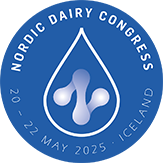







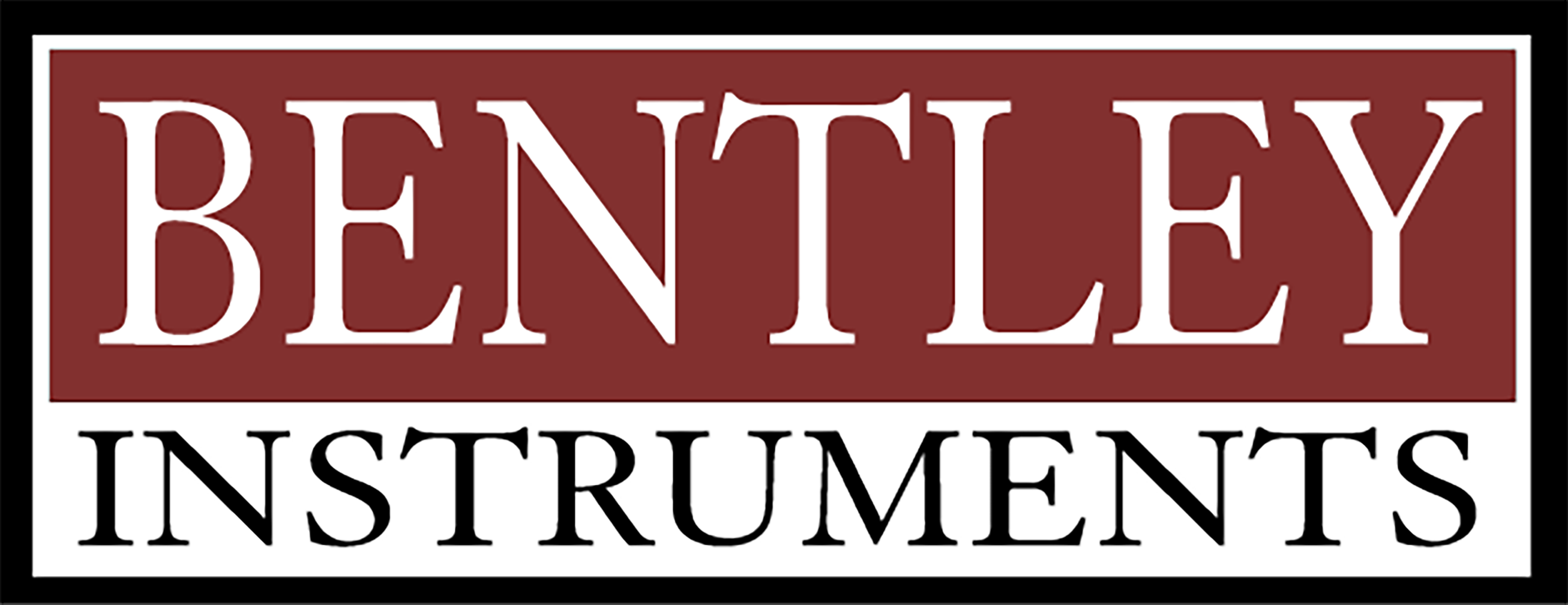
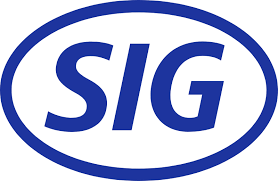





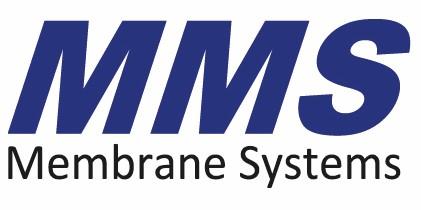


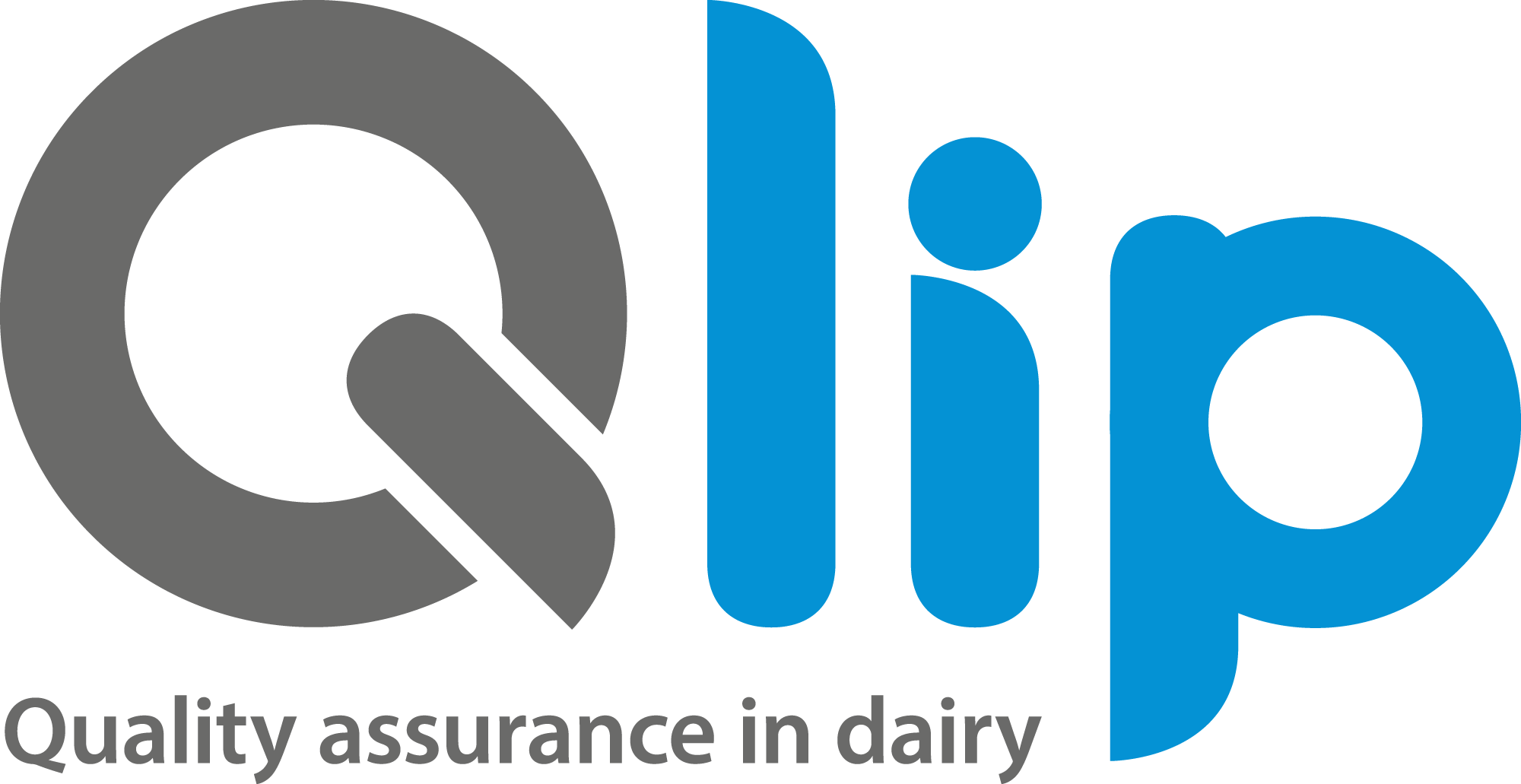
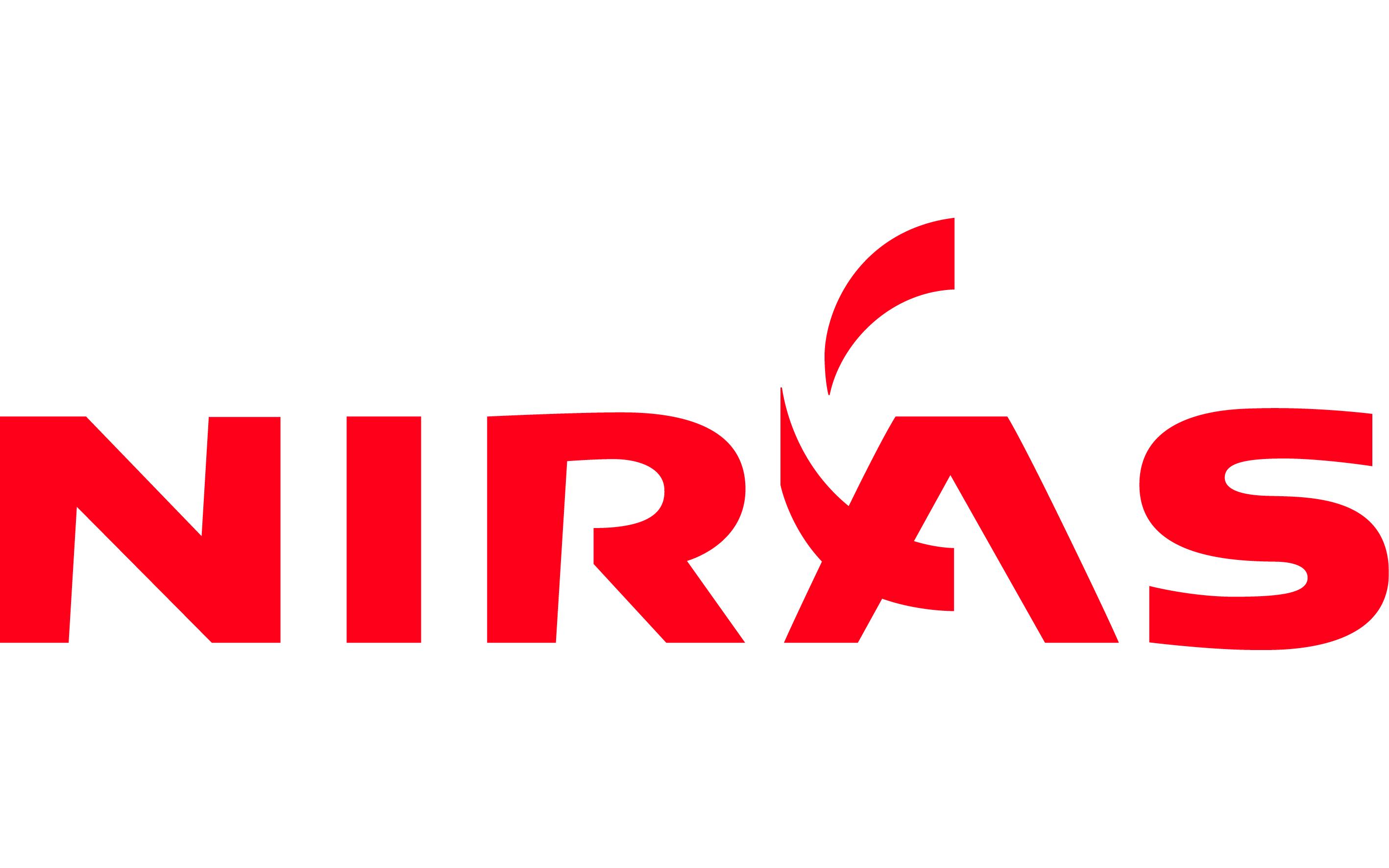
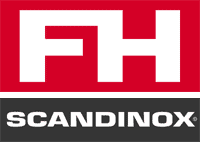

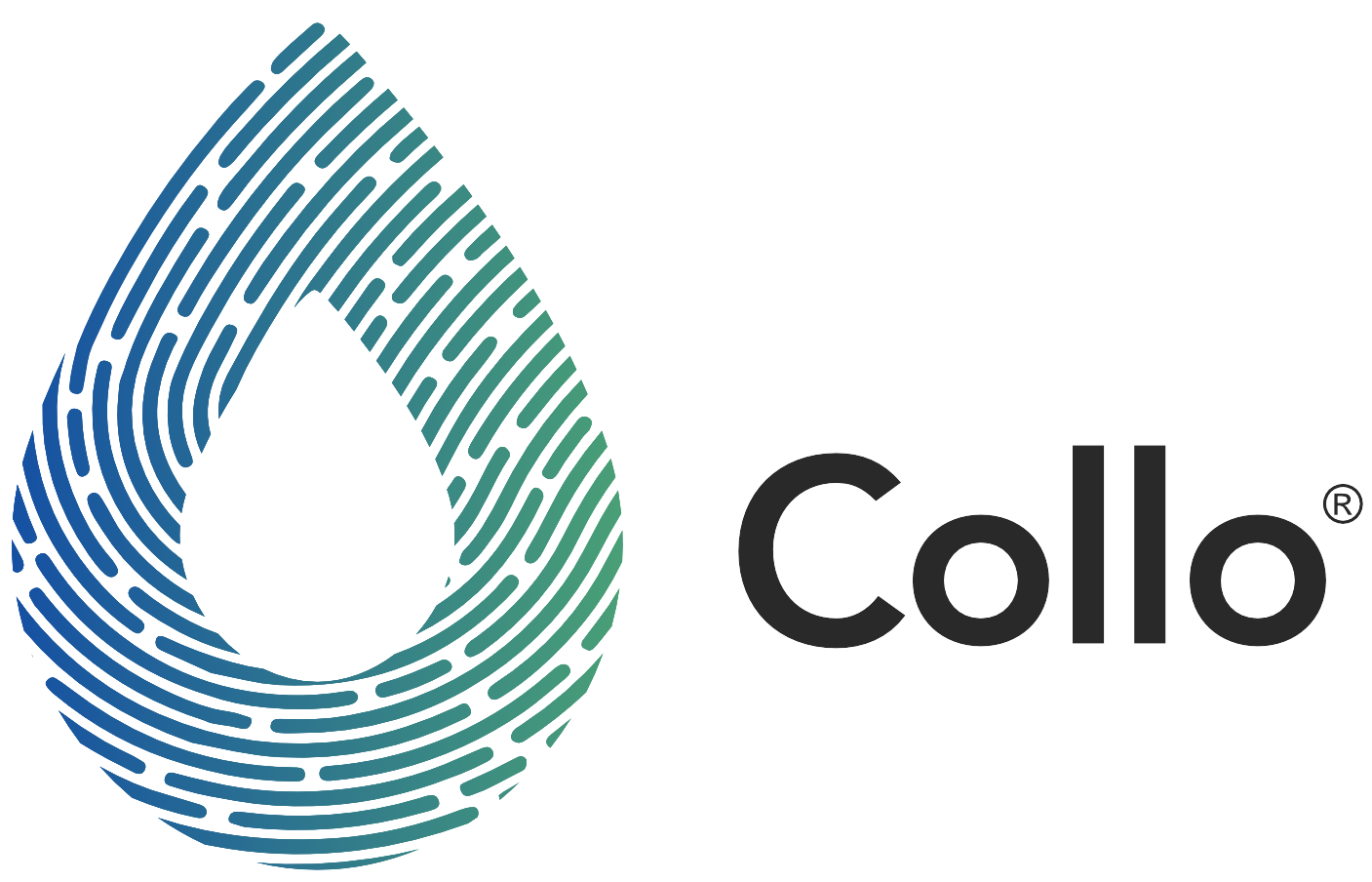
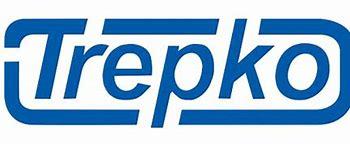




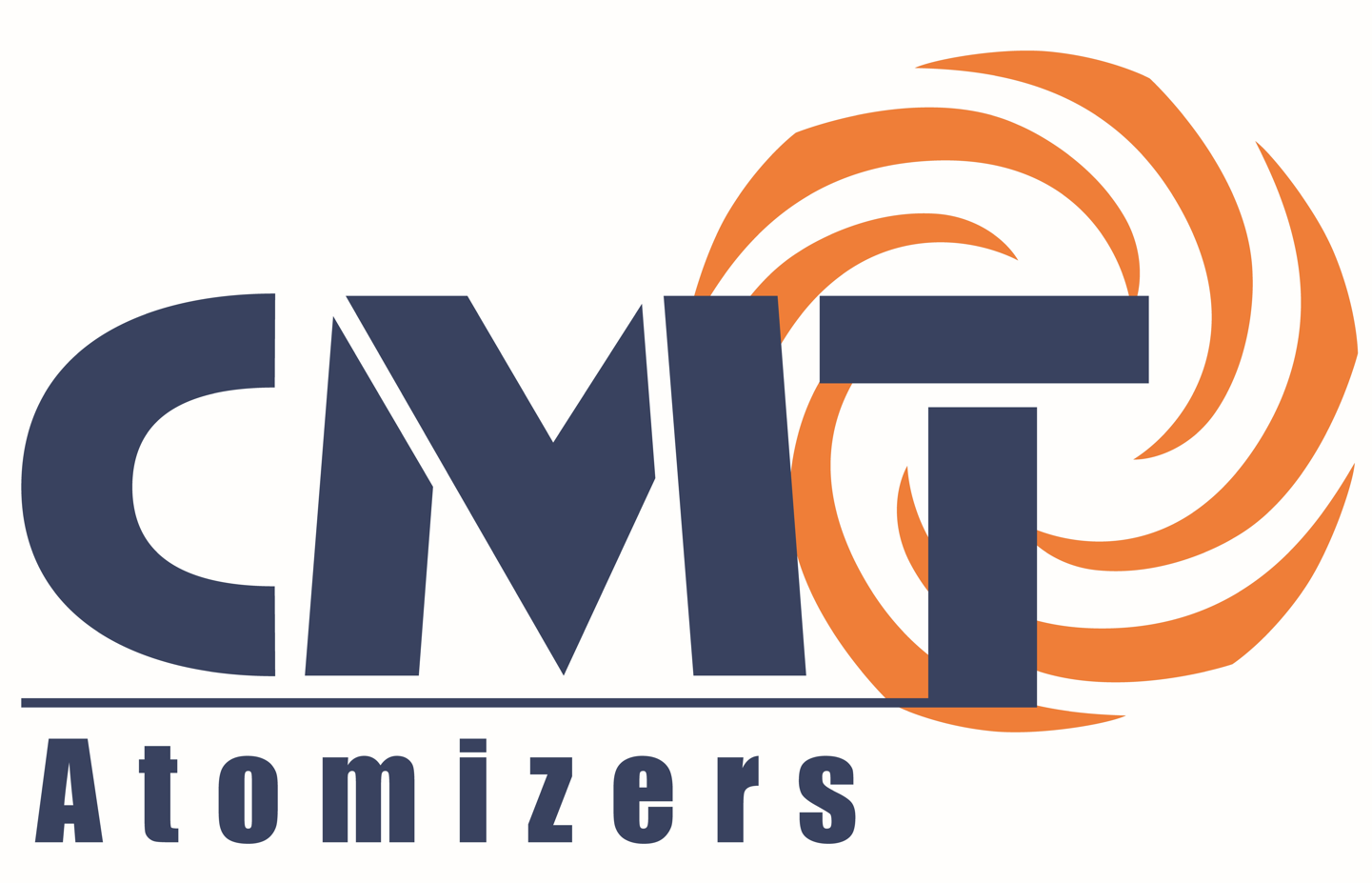
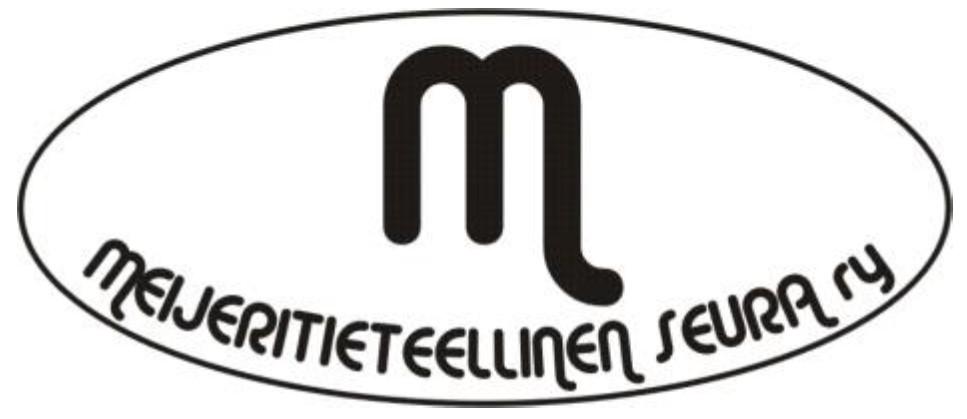
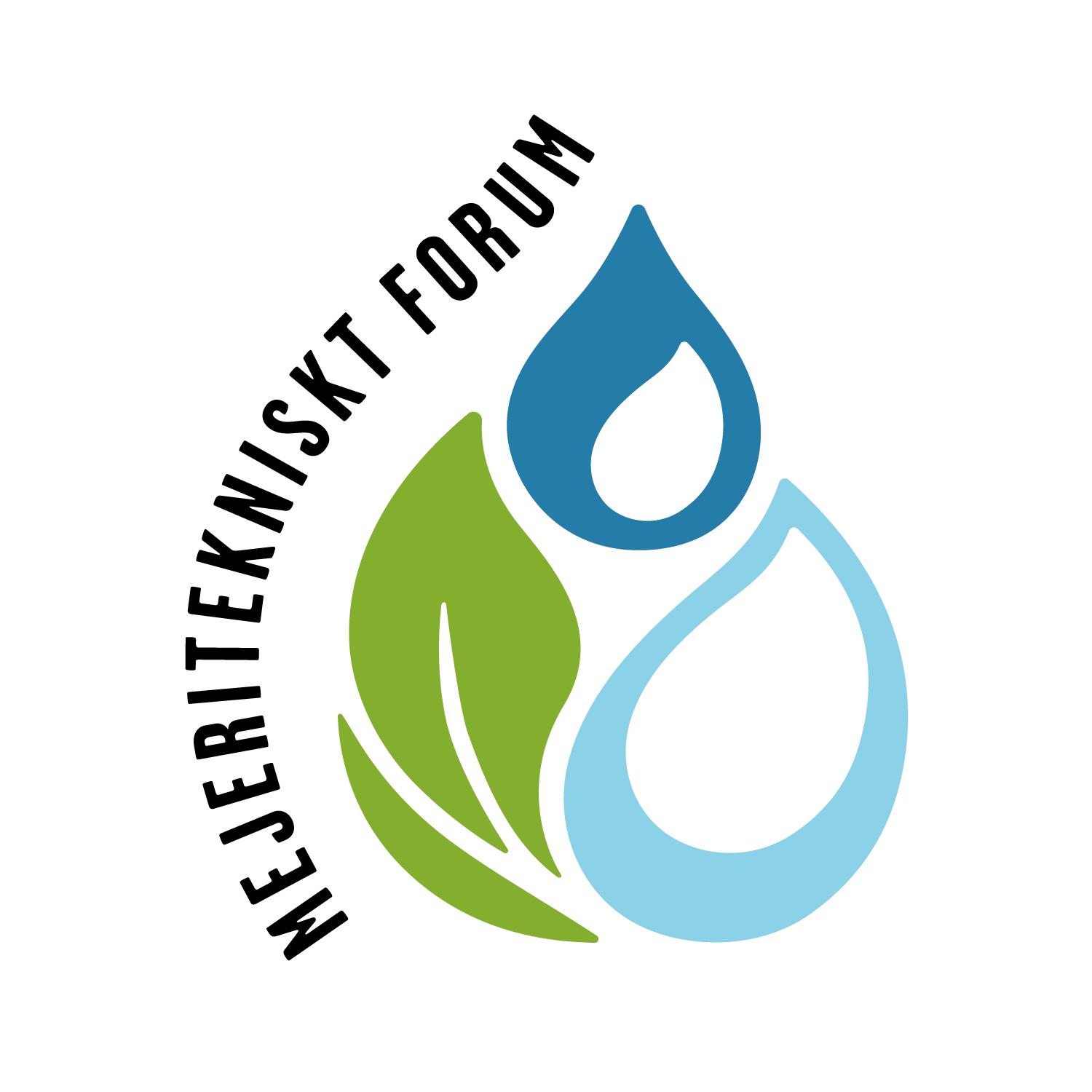
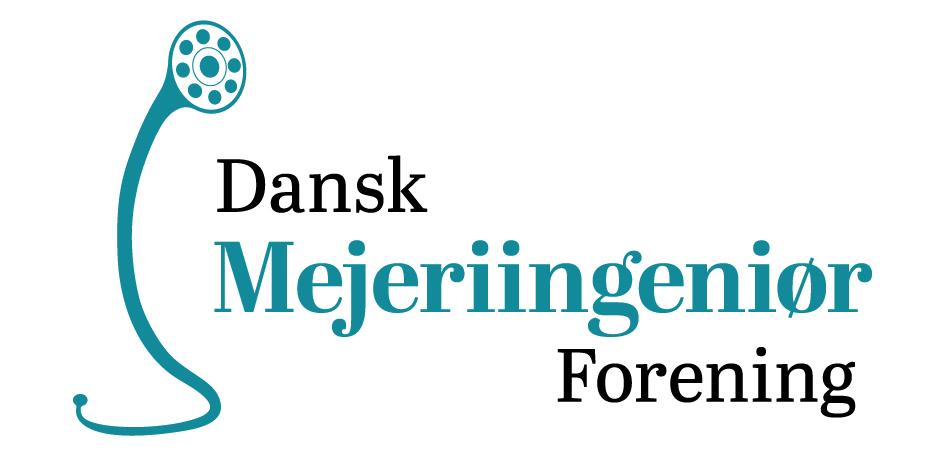




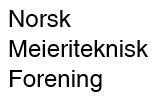
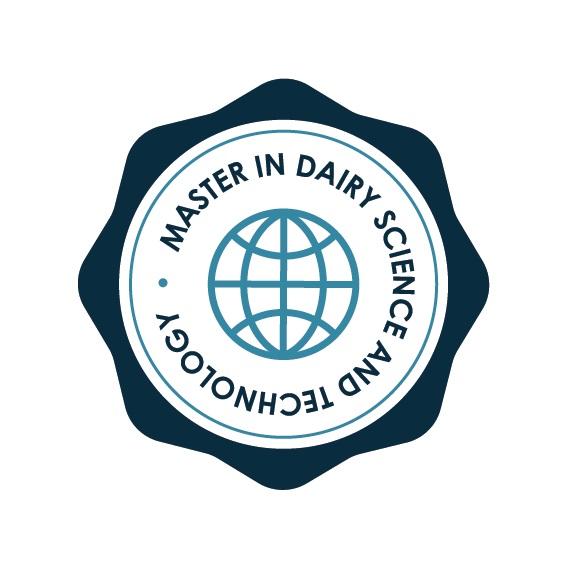
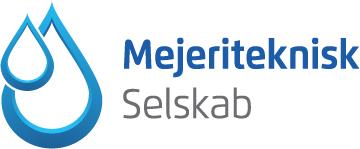

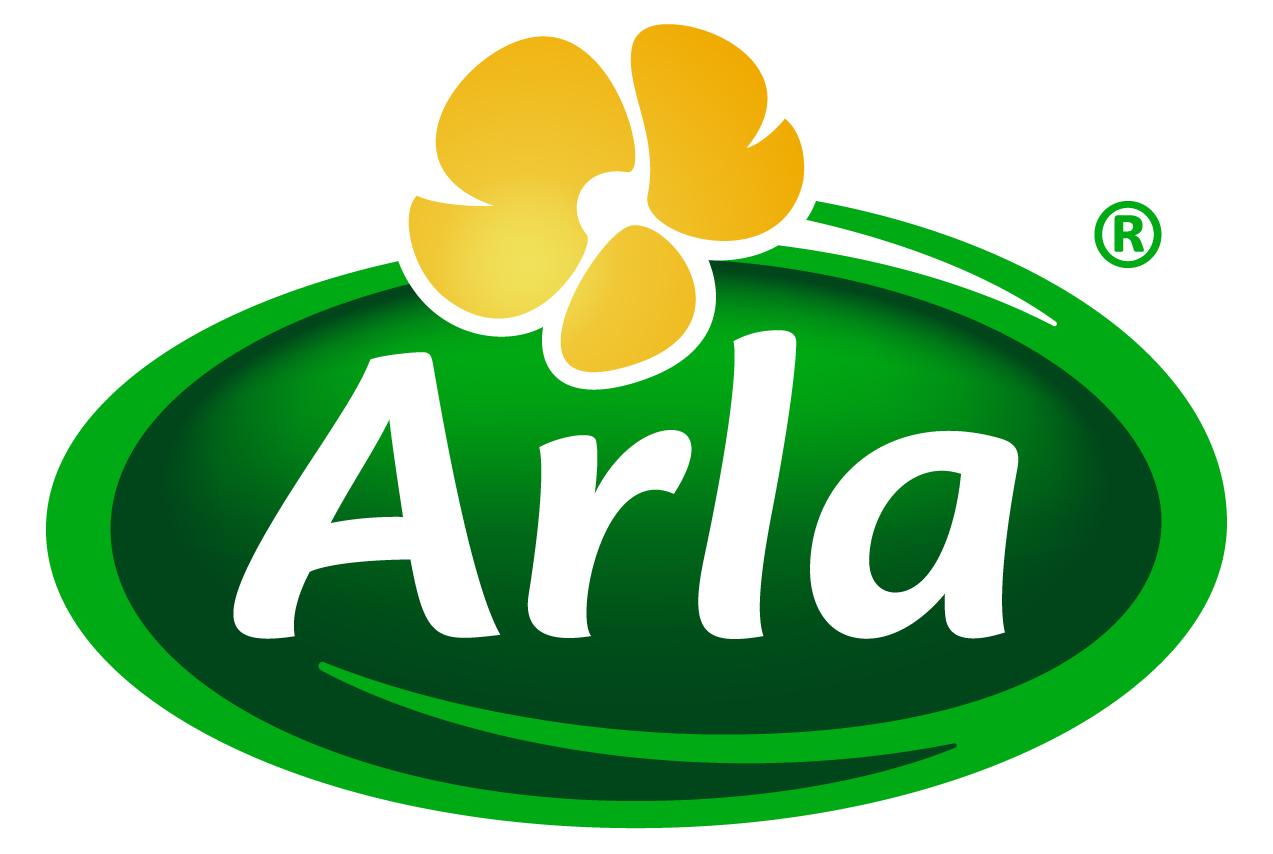

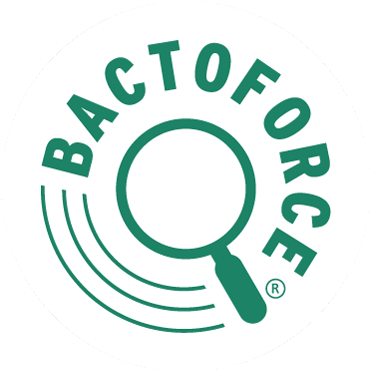

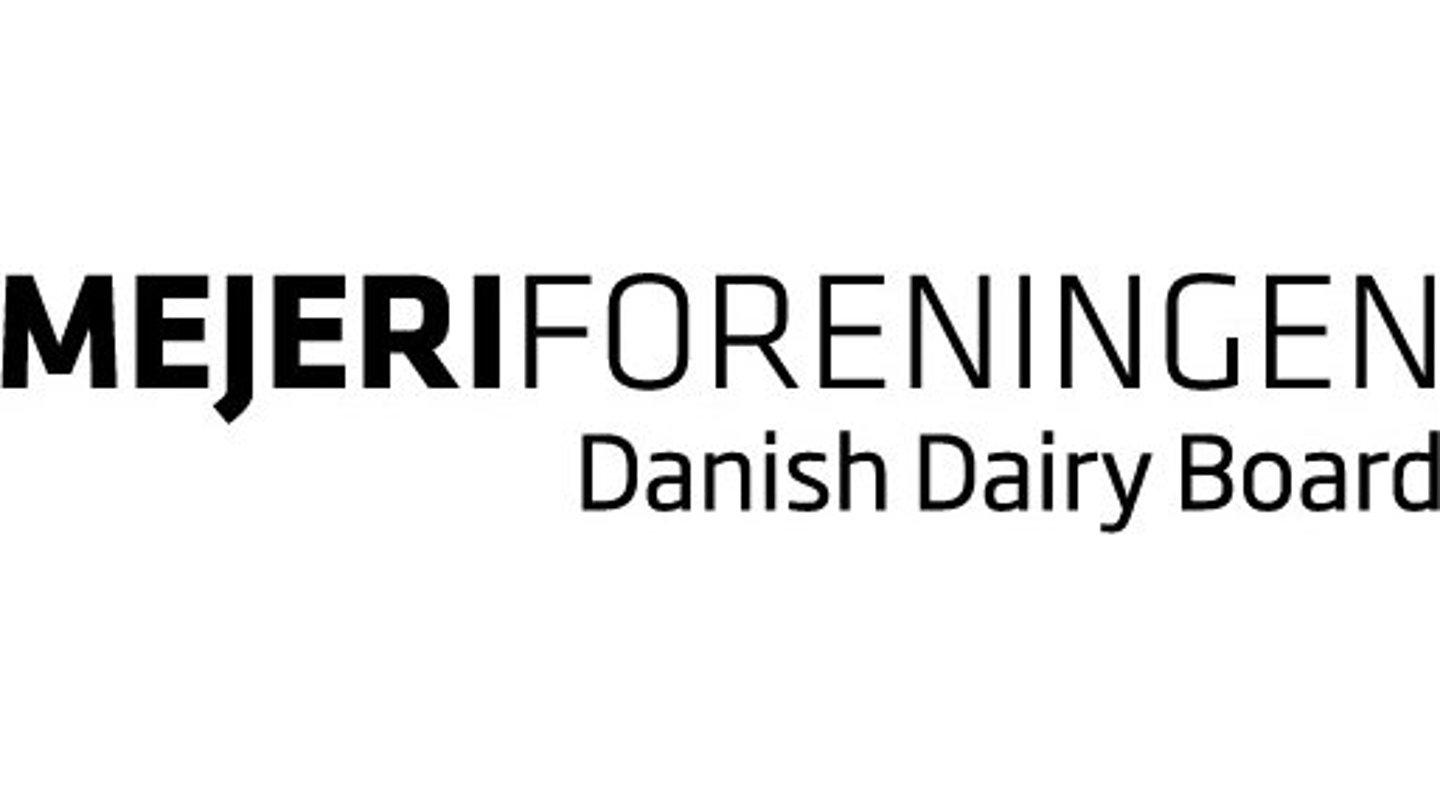
 Munkehatten 28
Munkehatten 28